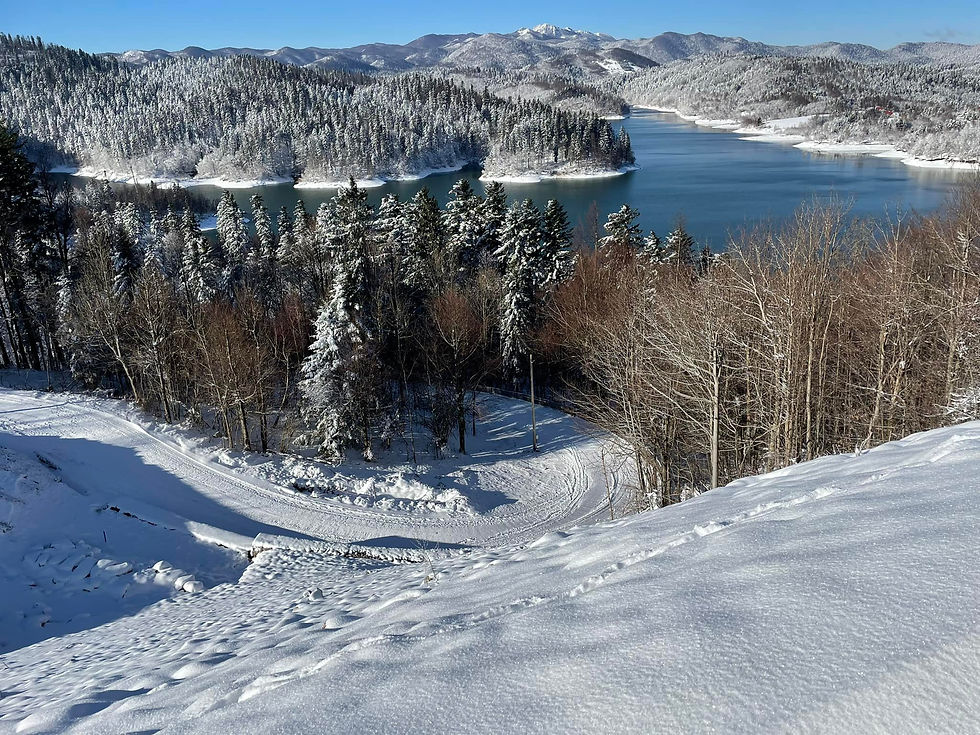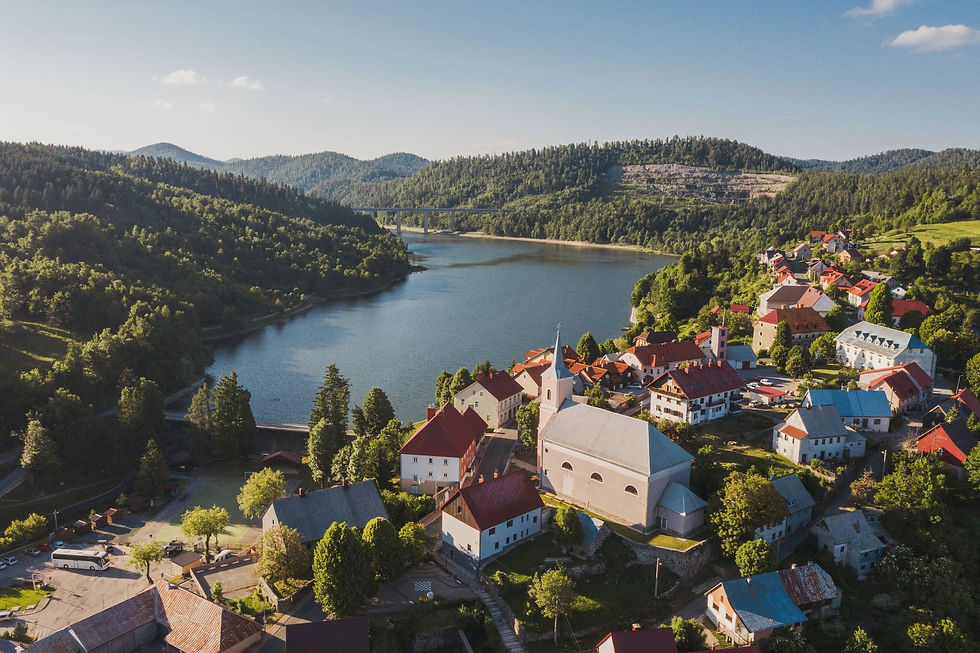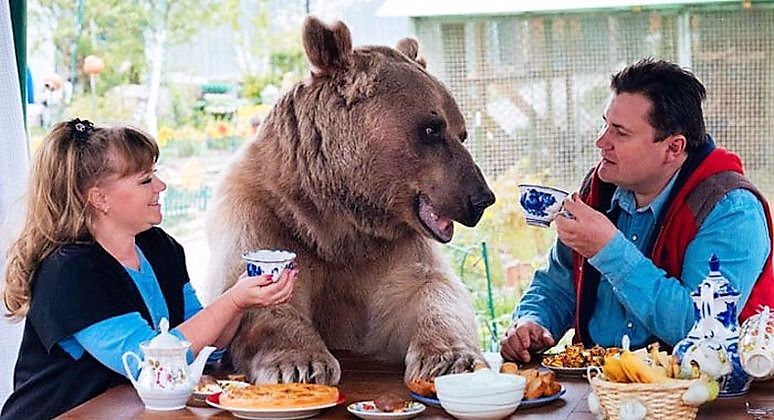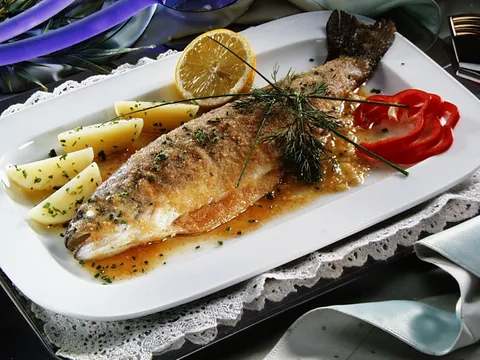Gorski Kotar, Croatia: The Green Heart of the Country and the Surprising Ancestry of NFL Star Travis Kelce
- Teo Drinkovic
- Sep 12, 2025
- 5 min read
Discover Gorski Kotar, Croatia’s hidden mountain paradise known as "the green heart of the country." Uncover the surprising Croatian roots of NFL star Travis Kelce, explore Risnjak National Park, lakes in Fužine, and authentic gastronomy

Introduction
Gorski Kotar, often called “the green heart of Croatia,” is a region that offers every visitor something unseen on travel posters. A fusion of wild nature, mountainous scenery, pure air, a rich cultural history, and authentic gastronomy.
This article aims to guide you through Gorski Kotar, its geography, history, natural and cultural sights, its cuisine, and unforgettable experiences that will leave a permanent mark.
But Gorski Kotar is not only about nature and culture. It also holds a surprising place in global pop culture history. It is the ancestral homeland of Travis Kelce, the NFL star and fiancé of global music icon Taylor Swift.
Taylor Swift, Travis Kelce, and Croatian Roots
Few fans realize that Travis Kelce, tight end for the Kansas City Chiefs and two-time Super Bowl champion, has deep Croatian roots.
His maternal great-great-grandfather, Juraj “George” Štajduhar, was born in Vele Drage, Brod Moravice, in Gorski Kotar. Croatians Online
From the forests and mountain villages of Gorski Kotar to the roaring stadiums of the NFL, the Kelce family story highlights the global reach of this small but vibrant region. Today, Taylor Swift’s worldwide fan base has another reason to look toward Croatia’s hidden alpine paradise.

Geography and Natural Features of Gorski Kotar
Located in western Croatia between Lika and Slovenia (Home of Melania Trump, the American first lady), Gorski Kotar covers around 1,270 km², with more than 80% of its area covered in dense forests. Its mountain peaks, such as Risnjak and Snježnik, rise to around 1,500 meters, offering breathtaking views.
The climate is alpine: snowy winters with frost and humidity, followed by cool, misty summers that provide an escape from the coastal heat. For those seeking fresh air and shaded trails, Gorski Kotar is a natural sanctuary.
Risnjak National Park, established in 1953, is the crown jewel of the region. It protects vast forests, dramatic peaks, and the source of the Kupa River. Strict nature reserves like Bijele stijene and Samarske stijene reveal striking karst landscapes, waterfalls, and limestone formations. For adventurers, the rivers invite canyoning, rafting, kayaking, and fishing.

A Brief History of Gorski Kotar
The roots of Gorski Kotar stretch back to prehistoric times. The Illyrians settled here as early as the 9th century BC. Under the Romans, it became a strategic borderland where fortifications guarded imperial trade routes.
In the Middle Ages, noble families such as the Frankopans and later the Zrinski shaped the region. The Frankopans expanded their estates here in the 14th century, while the Zrinski invested in mining, metallurgy, and road building during the 16th and 17th centuries.
Two landmark roads changed Gorski Kotar forever: the Carolina Road (18th century) and the Lujzijana Road (early 19th century), which connected Karlovac with Bakar, boosting trade and cultural exchange.
During the Napoleonic Wars, Gorski Kotar was part of the Illyrian Provinces, later absorbed into the Austro-Hungarian Empire and subsequent Yugoslav states.
Today, the A6 motorway linking Zagreb and Rijeka and other highways have transformed accessibility, making this once-remote area a rising travel destination.

Tourism & Attractions
Gorski Kotar is not a mass-tourism destination—it draws people who want nature, peace, and authenticity. Numerous hiking trails, viewpoints, waterfalls, and canyons make it ideal for outdoor lovers. Examples include:
The source of the Kupa in Risnjak National Park
Veliki Risnjak and Snježnik peaks
Bijele and Samarske stijene (rocks)
Vražji prolaz and Zeleni Vir nature reserve near Skrad
Places like Fužine combine lakes (Bajer, Lokvarsko Lake, Lepenice, Potkoš) with water activities like boating, kayaking, fishing, as well as walking, cycling, and nature observation.
Mrkopalj is a winter destination with ski slopes, sledding, and snowy landscapes. In summer, it becomes a hub for hiking, forest trails, and wildlife watching. It is called the birthplace of Croatian skiing.
The Bjelolasica Sports Centre was once a popular location for winter sports and recreation, but was severely damaged by a large fire in 2011 and, unfortunately, has never been reconstructed.
For culture and history, you’ll find castles (like the Zrinski Castle in Severin na Kupi), old roads like the Carolina and Lujzijana, churches and chapels, interpretive centers such as “Wilderness with a Sea View” in the castle in Brod na Kupi, and the Center of Large Beasts in Stara Sušica.
The Camino Gorski Kotar is a walking route for those who want to travel slowly through forests, mountains, and villages, combining nature with religious and cultural heritage. It starts in Vrbovsko, goes through Benkovac Fužinski, and passes places like Skrad, Mrkopalj, Čabar, with chapels and viewpoints along the way.
Typical breakfast in Gorski Kotar, Croatia

Seasons & Experiences
Each season in Gorski Kotar offers a different spectacle:
Spring: Blossoms in the forest, flowing waters, full streams, and meadows turning green. Ideal for hiking, biking, and discovering waterfalls.
Summer: Pleasant mountain temperatures, refreshing lakes and rivers, outdoor dining, relaxing away from coastal crowds.
Autumn: Forests ignite in color, harvests of fruit and berries, perfect for photography and quiet walks.
Winter: Snow blankets landscapes, festive atmosphere, winter sports, sledding, and skiing. The mountains and forests under snow have a special enchantment.
Cuisine of Gorski Kotar
Food in Gorski Kotar is not about fancy presentation or modern culinary trends, because it is meant to satisfy, warm, and remind of tradition. Ingredients come from the surrounding forest, mountain hearths, and local farms.
Meat: game like rabbit, wild boar, deer; sometimes even bear meat; traditionally roasted or pan-fried, often served with vegetables like sauerkraut, potatoes, corn, or with homemade gnocchi or polenta.
Fish: especially the brook trout, from which famous fish stews are made.
Other delicacies: breaded frog legs with mushrooms or in sauces. Mushrooms such as porcini and chanterelles are picked during the season, often dried or frozen for the colder months.
Desserts: strudels with forest fruit (like blueberries, blackberries, or plums), home cheeses, honey, and excellent jams.
Drinks: plum brandy (“Šljivovica”), fruit brandies, homemade wine, medica (honey liqueur), and herbal teas from wild plants.
There's a special importance given to “mountain kitchen”, dishes developed over generations so that locals could survive harsh winters and difficult living conditions. They are rich in calories, often spicy, heavy on meat, and make extensive use of local herbs and forest produce.
Source: Google.com
Why Visit Gorski Kotar & What to Expect
If you come as a tourist, Gorski Kotar promises an experience that combines what you might find in American mountain regions, like forests, snow, peace, and sounds of nature, but with a European touch. Old chapels, stony roads, small villages with tradition, local tales, meals that carry history.
Expect local accommodations that are growing in popularity each year, along with warm hospitality from generous hosts. Many places offer lodging in mountain houses, ethno farms, cottages, or guesthouses. Roads are often winding and mountainous, and you’ll need time to cross distances. It's not like driving on a flat highway, but the effort is rewarded, as such pristine nature and natural beauty are rare.


















Feel free to comment!